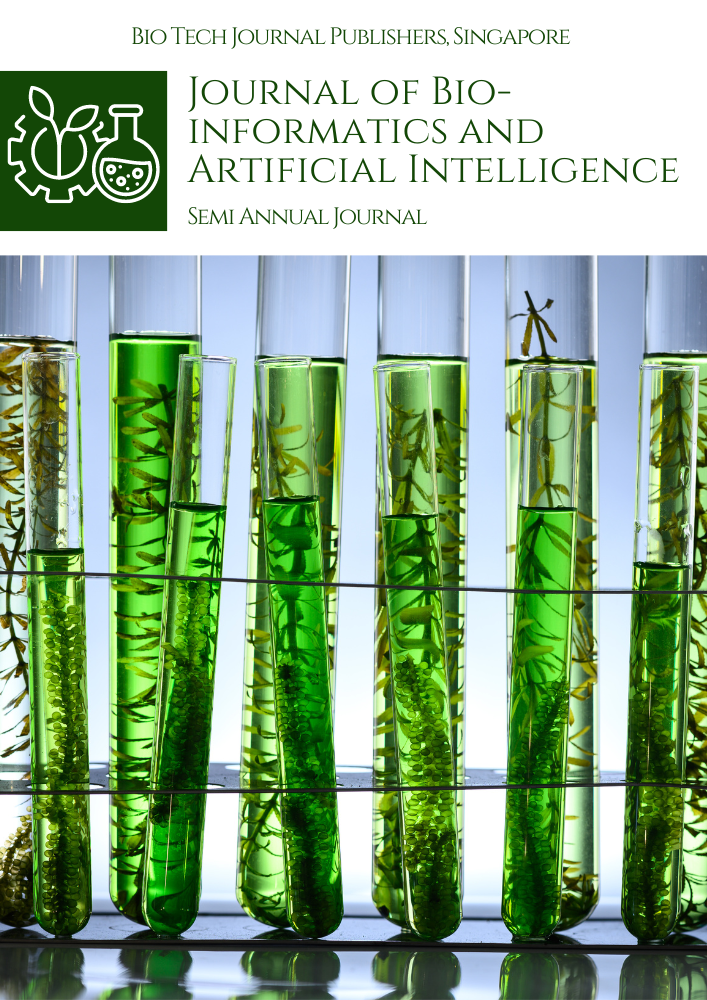Abstract
Knowledge graphs (KGs) have emerged as powerful tools for representing structured knowledge in a machine-readable format. Constructing KGs from unstructured text data is a challenging yet crucial task, as it enables machines to understand and reason over vast amounts of information. This paper provides an overview of techniques and approaches for constructing knowledge graphs from text, focusing on methods that extract entities, relationships, and concepts from textual data. We discuss various aspects of KG construction, including entity recognition, relationship extraction, and knowledge fusion. Additionally, we explore the applications and challenges of using knowledge graphs constructed from text data.
References
Tatineni, Sumanth. "Embedding AI Logic and Cyber Security into Field and Cloud Edge Gateways." International Journal of Science and Research (IJSR) 12.10 (2023): 1221-1227.
Vemori, Vamsi. "Towards a Driverless Future: A Multi-Pronged Approach to Enabling Widespread Adoption of Autonomous Vehicles-Infrastructure Development, Regulatory Frameworks, and Public Acceptance Strategies." Blockchain Technology and Distributed Systems 2.2 (2022): 35-59.
Tatineni, Sumanth. "Addressing Privacy and Security Concerns Associated with the Increased Use of IoT Technologies in the US Healthcare Industry." Technix International Journal for Engineering Research (TIJER) 10.10 (2023): 523-534.

